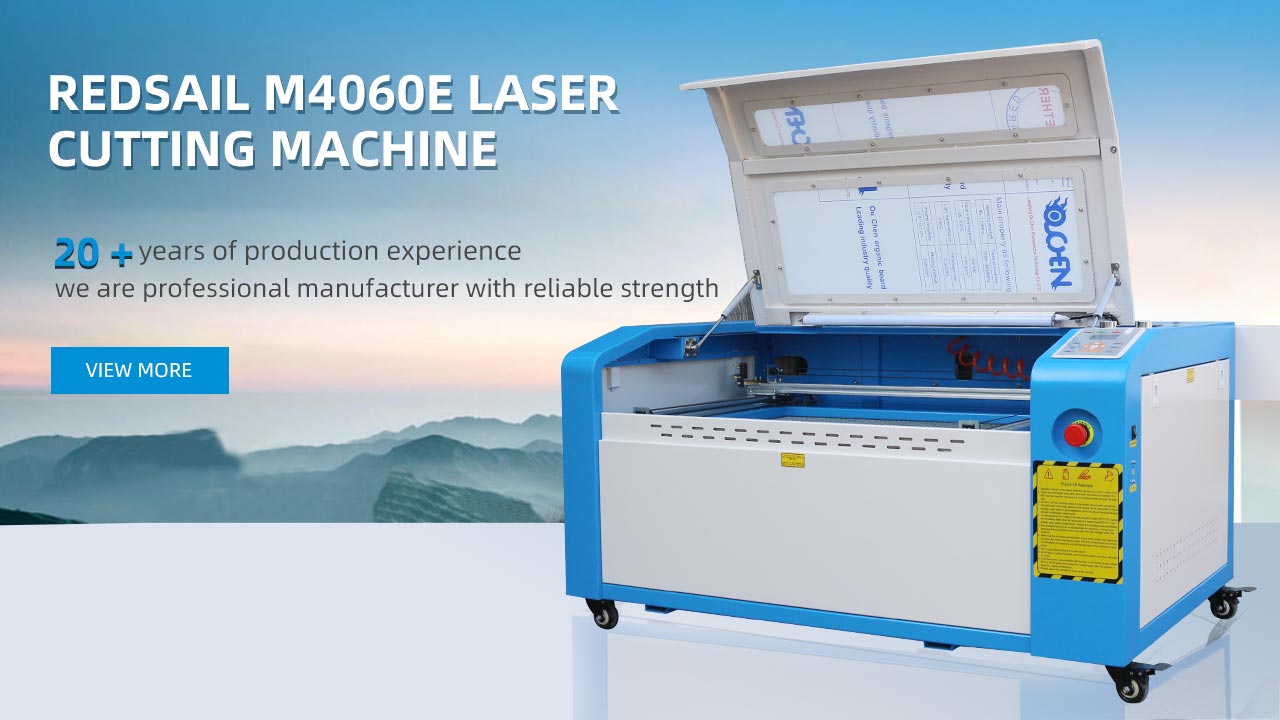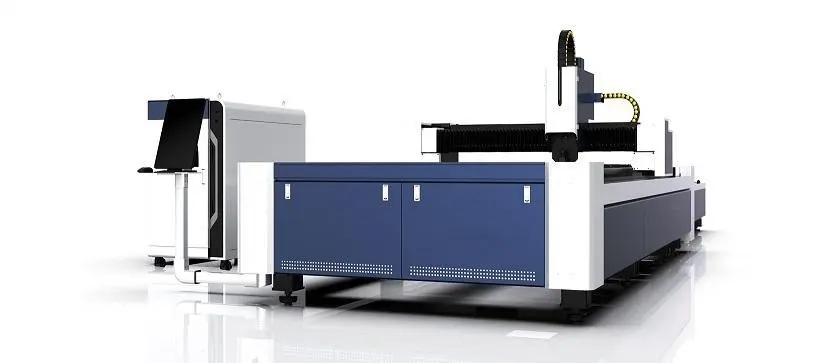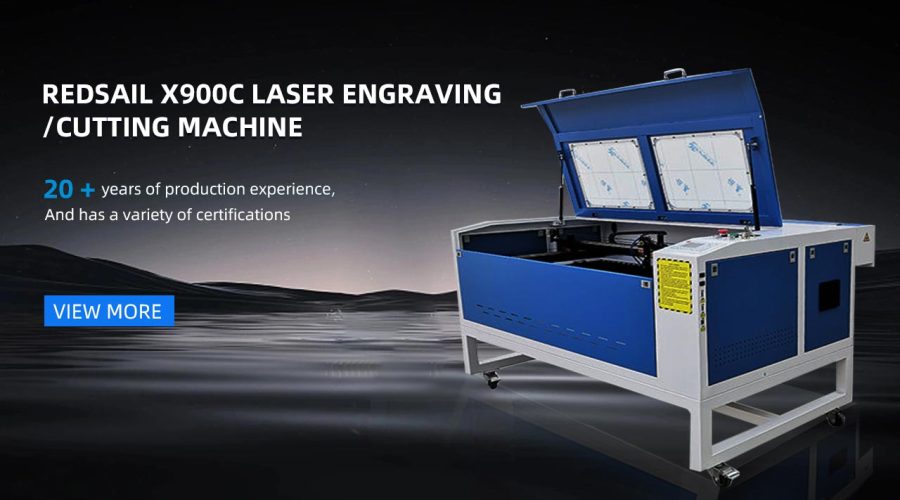Can CO2 Laser Cut MDF? Unveiling the Possibilities and Limitations of CO2 Laser Technology on MDF Materials
The use of laser technology has revolutionized various industries, including woodworking. When it comes to working with Medium Density Fiberboard (MDF), commonly used in furniture and cabinetry manufacturing, one may wonder if CO2 lasers are an effective tool for cutting this material. In this article, we will delve into the possibilities and limitations of CO2 laser technology on MDF materials.
Possibilities of CO2 Laser Cutting on MDF
CO2 lasers are well-known for their ability to cut through a wide range of materials with precision. When it comes to MDF, CO2 lasers can easily and effectively cut through this medium, offering several advantages:
- Precision and Accuracy: CO2 lasers can cut intricate shapes and designs with exceptional precision, making it an ideal tool for cutting MDF which often requires complex cuts and intricate details.
- Smooth Edges: CO2 laser cuts through MDF leaving smooth edges, minimizing the need for further finishing or sanding.
- Time and Cost Efficiency: The high cutting speed of CO2 lasers contributes to reduced production time and increased productivity, making it a cost-effective solution for MDF cutting.
- Versatility: CO2 lasers can cut MDF of varying thicknesses, allowing for versatility in manufacturing applications.
- Automation: CO2 laser cutting can be easily integrated into automated production lines, enhancing efficiency and reducing labor costs.
Limitations of CO2 Laser Cutting on MDF
While CO2 lasers offer great possibilities for MDF cutting, it is important to consider their limitations:
- Charring: MDF contains resins and glue, which can create charring or discoloration along the cut edges when exposed to CO2 laser heat. This may require additional finishing steps to achieve the desired appearance.
- Material Thickness: The thickness of MDF that can be effectively cut by CO2 lasers is limited. Typically, CO2 lasers are suitable for cutting MDF up to ¾ inches (19 mm) in thickness. Cutting thicker materials may result in incomplete cuts or reduced precision.
- Edge Quality: While CO2 lasers produce relatively smooth edges on MDF, the heat generated during the cutting process can cause slight melting or scorching on the surface of the material, affecting the overall appearance.
FAQs
Q: Can CO2 lasers cut through all types of MDF?
A: CO2 lasers can effectively cut through most types of MDF, including standard MDF, moisture-resistant MDF, and fire-resistant MDF. However, it is always advisable to conduct tests on specific materials to determine the best laser settings and parameters for optimal cutting results.
Q: Are CO2 laser-cut MDF edges smooth enough for immediate use?
A: While CO2 lasers produce relatively smooth edges on MDF, slight post-processing may be required to achieve a flawless finish. Finishing techniques such as sanding or sealing can further enhance the appearance and smoothness of the edges.
Q: Can CO2 lasers cut thicker MDF sheets?
A: CO2 lasers are typically limited to cutting MDF sheets up to ¾ inches (19 mm) in thickness. Attempting to cut thicker materials may result in incomplete cuts or reduced precision.
Q: What safety precautions should be taken when using CO2 lasers to cut MDF?
A: When using CO2 lasers, it is essential to implement appropriate safety measures, including wearing protective eyewear, ensuring proper ventilation, and following all manufacturer’s guidelines and recommendations. Additionally, proper training and supervision are crucial to ensure safe and efficient operation.
Overall, CO2 lasers offer excellent possibilities for cutting MDF materials, delivering precise and intricate cuts with smooth edges. However, it is important to consider the limitations and take appropriate measures to achieve the desired results when using CO2 laser technology for MDF cutting.





